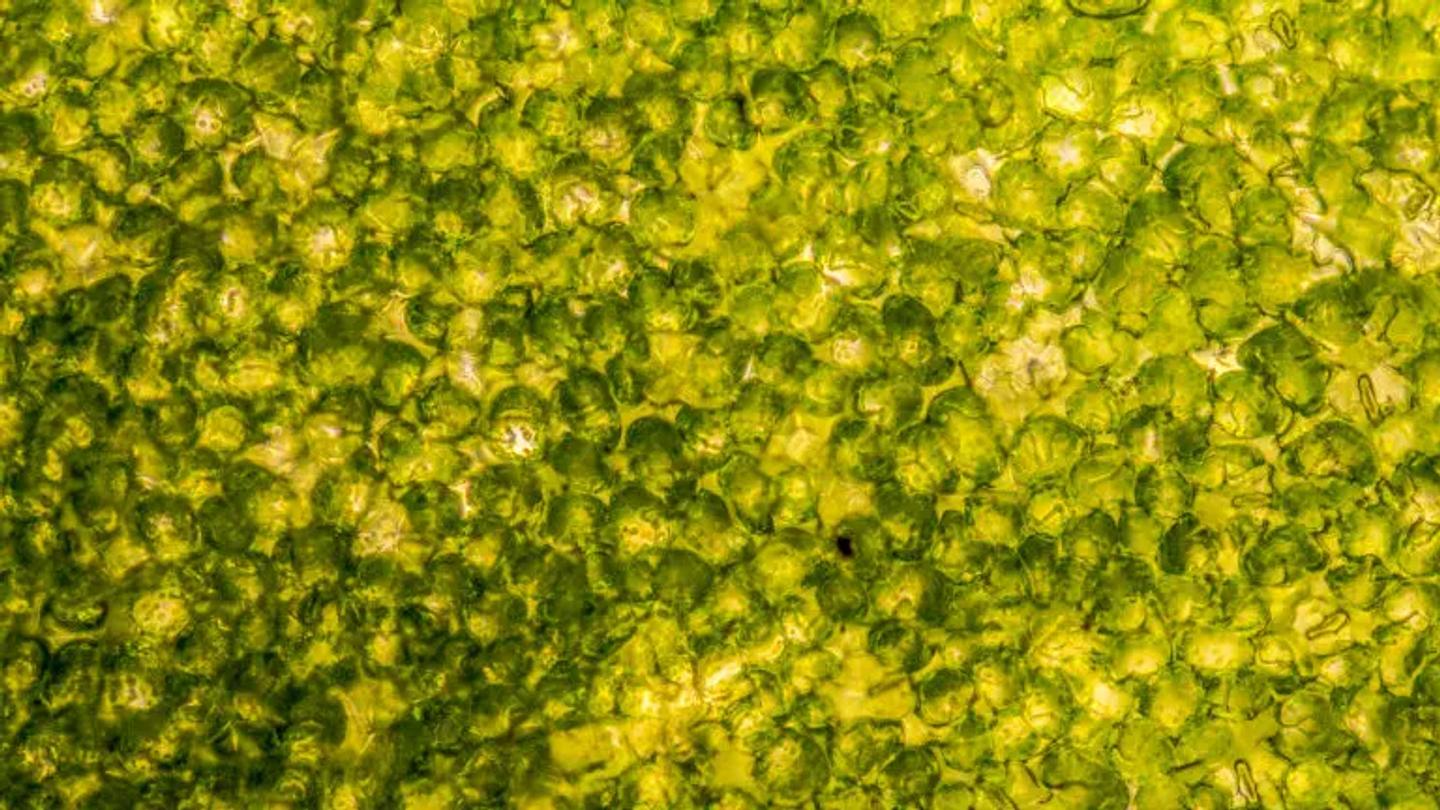
Homemade Paleo Pesto with Fresh Basil
BY: Andrea Nakayama
DATE: 2017-08-24
While I stand by the Functional philosophy that there’s no one food or diet that works for every body (though it sure would make life easy!), there are some gastronomic legends we can safely turn to for support.
Several of these legends come to us in the form of culinary herbs. And one of my all-time favorite authors to help me explore these herbs for both their curative and culinary powers is Judith Benn Hurley. Time and again I return to my kitchen bookshelf for the well worn copy of her book The Good Herb. It’s an oldie but a goodie!
One herb that Hurley touts as being good for your mood, your breath, your skin and your hair is probably not unfamiliar… it’s basil!
Bring on the Basil!
When I first picked up The Good Herb I was living with my late husband (then boyfriend) in a second floor flat deep in San Francisco’s Mission District. We didn’t have a garden, but we did have a back deck that looked over our landlord’s lush yet small backyard.
When spring rolled over the hills of the city, I decided to turn that deck into an urban herbal landscape. I bought inexpensive window boxes to line the deck’s perimeter and stocked up on herbal seedlings. No such luck with my intentions!
You may not have seen my thumbs lately, but they’re not very green. At least not in the classical sense. My son now tells me I’m not allowed to buy plants because he thinks it’s cruel that I might make them suffer. Instead, you can find me in my comfort zone – the kitchen, with chopped, blended, shredded, diced, steamed, sauteed and ribboned greens.
And those greens leafies will most definitely include fresh basil any time I can get my hands on it. Whether or not you have the green thumb I don’t (I hope you do!), go get yourself some basil and get your fresh herb happiness on!
Basil fun facts for you!
Basil leaves contain oils and flavonoids that can protect the body from illness and infection. Very small concentrations can kill harmful bacteria and even help to prevent the risks associated with atherosclerosis, heart attacks, and stroke.
Pesto anyone?
There are over 60 varieties of basil, all differing somewhat in appearance and taste. The taste of sweet basil is bright and pungent while other varieties offer unique and unexpected taste. Lemon basil, anise basil and cinnamon basil all have flavors that subtly reflect their name.
The name “basil” is derived from the old Greek word
basilikohn
, which means “royal,” reflecting that ancient culture’s attitudes towards an herb they considered to be very noble and sacred. The traditional reverence of basil appears in other cultures too. In India, basil was cherished as an icon of hospitality, while in Italy, it was a symbol of love.
If I could, I’d hand you a sweet bouquet of basil as a token of my love, affection, and my committed desire for your optimal health and abilities to help others find theirs.
How to Make Paleo Basil Pesto
Pesto is a staple in my house. In fact, it was one of the first foods my son Gilbert could make on his own. It was like mix and match fun in the food processor—pick a green, pick a nut, add some garlic and oil and go. Some people may choose to put cheese in their pesto, but that was never an option for us as a dairy-free family. In place of the cheese, we typically added a bit of miso for the pungent, umami taste.
Speaking of food intolerances, although nuts are a typical ingredient in pesto and certainly were in our household, not everyone can eat those either. Whether due to an allergy or a short-term autoimmune protocol, avoiding nuts shouldn’t prevent anyone from enjoying the ease and flavor of whipping up a batch of pesto with that basil from the garden or grocer. Just omit and taste-test to meet your personal palate. You may want to try seeds (if you can tolerate those), increase the olive oil, add a ripe avocado, or consider some toasted coconut flakes in place of the nuts in any pesto recipe.
Ingredients
2 cups tightly-packed fresh basil leaves
zest and juice of 1 large lemon
1/4 cup extra virgin olive oil
1/4 tspn Himalayan salt
Preparation
Place all ingredients in a high-speed blender or food processor and blend until smooth. Add more olive oil or water if you prefer a thinner sauce or dressing.
Makes about 1/2 cup
Bonus Tips: Pesto freezes perfectly so make a big batch and freeze in small mason jars or ice cube trays for the fresh taste of summer all year long.
Give this sauce a whirl atop some salmon, salad or noodles.
Herbal tips from the kitchen
Preserve basil by combining 1 cup olive oil and 1 cup of finely chopped basil leaves. Mix well and pour into ice cube trays and freeze. When we’re no longer in basil season, pull out the cubes to add to soups and stews for a burst of basil.
Create a basil infusion by combining 2 cups of olive oil with 1/2 cup chopped basil in a small saucepan and heat on medium low for 10 minutes. Strain the leaves from the oil and enjoy basil infused oil for salad dressings and dips.
Infuse water by combining fresh basil, freshly squeezed lemon and filtered or sparkling water to make lemon basil water. It tastes refreshing and can help relieve headaches.
Basic Basil Benefits
rich in
flavonoids
, including orientin and vicenin, that protect cell structures and chromosomes from radiation and oxygen-based damage
good source of
vitamin A
(through its concentration of carotenoids including beta-carotene) which protects the epithelial cells from free radical damage and helps prevent cholesterol in blood from oxidizing, helping to prevent atherosclerosis, heart attacks, and stroke
high in
vitamin K
, essential for blood clotting
the volatile oils in basil (estragole, linalool, cineole, eugenol, sabinene, myrcene, and limonene) provide
antibacterial
properties that help protect against unwanted bacterial growth
the volatile oils are also
anti-inflammatory
and block the activity of an enzyme called cyclooxygenase (COX) making it a natural version of anti-inflammatory drugs like aspirin and ibuprofen (combine with olive oil to double the benefits!)
good source of
magnesium
which promotes cardiovascular health by prompting muscles and blood vessels to relax, eases constipation and promotes sleep
also provides a
nutritional boost
of manganese, copper, vitamin C, calcium, iron, folate and omega-3 fatty acids
References:
Aminian AR, Mohebbati R, Boskabady MH. The Effect of Ocimum basilicum L. and Its Main Ingredients on Respiratory Disorders: An Experimental, Preclinical, and Clinical Review. Front Pharmacol. 2022;12:805391. Published 2022 Jan 3. doi:10.3389/fphar.2021.805391
Macari A, Sturza R, Lung I, et al. Antimicrobial Effects of Basil, Summer Savory and Tarragon Lyophilized Extracts in Cold Storage Sausages. Molecules. 2021;26(21):6678. Published 2021 Nov 4. doi:10.3390/molecules26216678
Tsui PF, Lin CS, Ho LJ, Lai JH. Spices and Atherosclerosis. Nutrients. 2018;10(11):1724. Published 2018 Nov 10. doi:10.3390/nu10111724
Kim DS, Hong SJ, Yoon S, et al. Olfactory Stimulation with Volatile Aroma Compounds of Basil (Ocimum basilicum L.) Essential Oil and Linalool Ameliorates White Fat Accumulation and Dyslipidemia in Chronically Stressed Rats. Nutrients. 2022;14(9):1822. Published 2022 Apr 27. doi:10.3390/nu14091822
Vlaicu PA, Untea AE, Turcu RP, Saracila M, Panaite TD, Cornescu GM. Nutritional Composition and Bioactive Compounds of Basil, Thyme and Sage Plant Additives and Their Functionality on Broiler Thigh Meat Quality. Foods. 2022;11(8):1105. Published 2022 Apr 12. doi:10.3390/foods11081105
Related PostsAntioxidant Berry Smoothie
Serving as a Functional Nutrition Counselor
How Does Cholesterol Affect Digestion?

By: Andrea Nakayama, FxNA Founder & Functional Medicine Nutritionist
Functional Nutrition Alliance provides the comprehensive online Functional Nutrition training in the Science & Art of the Functional Nutrition practice. Learn to address the roots of your clients’ suffering with client education, diet & lifestyle modifications.